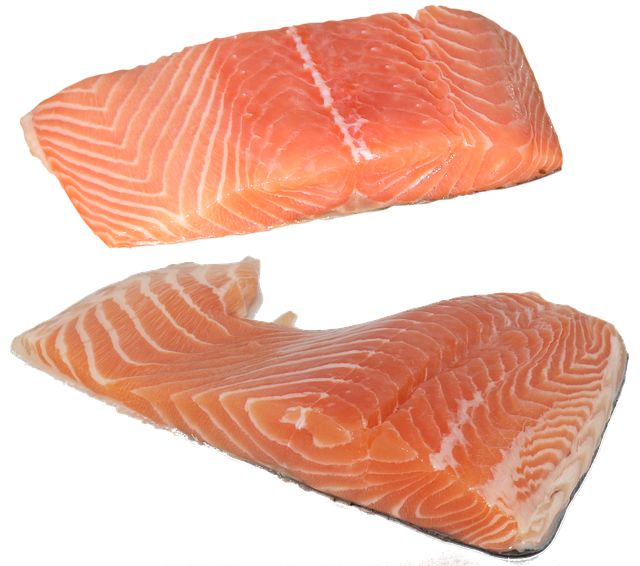Healthy Living – Six Of The Best Fish And Six Of The Worse
Healthy Living – Six Of The Best Fish And Six Of The Worse

Albacore Tuna (catch type: troll or pole-caught, from the US or British Columbia)
There are many species of tuna that have gained a reputation of being high in Mercury. However, there are species of this predatory fish that are fairly safe to eat in moderation. One of the species is Albacore Tuna. This is the type of tuna that is commonly found canned and available in retail stores. These get a ‘Super-Green’ rating – and there’s a good reason for this. These fish are either trolled or ‘pole-caught. These fish are typically younger than those caught using other methods including long-lining. The fish are usually below 20 pounds in weight and have not had time for Mercury to build up in their system due to the fact that they are on top or near the top of the food chain. Those caught in colder Northern parts of the sea or ocean also boast higher Omega-3 content – and that’s good news for your health. Pay attention to the Marine Stewardship Council (MSC) blue eco-label.
Wild Caught Alaskan Salmon.
Alaska has built an incredible reputation for just how good its management practices are when it comes to Salmon populations. The country employs biologists to monitor just how many of the wild Salmon re-enter rivers to return to their spawning grounds each year. if the number falls below a certain limit then the Salmon season is closed. This is no idle boast Chinook fisheries have been closed in the past. Water quality is also closely monitored. The result is incredibly healthy fish that supply (on average) 1,210 mg of omega-3s per 3-ounce serving. They are also very low in contaminants. The sustainability of these fisheries has been widely recognized.
Farmed oysters.
Aside from their supposedly aphrodisiac properties farmer Oysters do the body good. They are enormously iron-rich and a 3-ounce serving contains over 300 mg of omega-3s. Adding to this incredible mollusk’s attraction is that their filter-feeding habits actually clean the waters in which they live, removing algae and other nutrients which may be damaging to delicate ecosystems if allowed to grow unchecked. Large numbers of oysters also form natural reefs, attracting a huge number of other species. However – be aware that raw shellfish can contain bacteria that cause illness. Check with a local merchant and ensure that you are eating oysters in season.
Pacific Wild-Caught Sardines.
These tiny fish are excellent value for money and can be prepared in a number of different ways. They are known as an Ocean-going Superfood – and they have more than earned that reputation. They are packed with omega-3s (1,950 mg!). And that is per 3-ounce serving, beating out other species such as salmon and tuna. They are also extremely high in vitamin D. They also reproduce quickly. That has helped the species to cope with intense fishing pressure (and periodic natural collapses of stocks). Note that many other species of the Herring family are known as Sardines.
Farmed Rainbow trout.
Long a favorite of fly fishermen (and women) the world over the Rainbow trout lives up to its reputation as being both nutritious and delicious. The wild populations in lakes are exposed to a variety of contaminants – but the farmed Rainbows sold in retail outlets and markets are healthy. They are farmed in ponds in the U.S. and fed a fish meal diet that protects them from contaminants – and is usually manufactured to have a minimal environmental impact.
Coho Salmon (Freshwater) Farmed in the U.S.
As a side point if you are looking for a luxury smoked salmon then see here. This is the only Salmon to get a ‘Super-Green’ rating (when sourced from farms. Other farmed Salmon are still on the Monterey Bay Aquarium’s Seafood Watch ‘avoid’ list. There are a number of reasons for this. Firstly the pens where those Salmon are kept are crowded. The fish are subject to bacterial infections and parasites that spread rapidly – and need to be treated with antibiotics. The diseases they carry can also spread among wild populations incredibly quickly. For this reason, Alaska has banned the farming of Salmon. It can also take around three pounds of wild-caught Salmon to bring one farmed Salmon to market-ready maturity – which is definitely unsustainable. Coho, on the other hand, is raised in freshwater pens isolated from naturally occurring populations. They also require less feed. They are a great source of omega-3s. A single 3-ounce serving delivers 1,025 mg.

